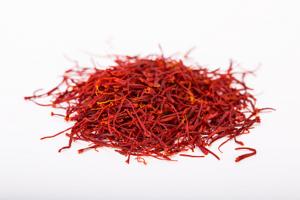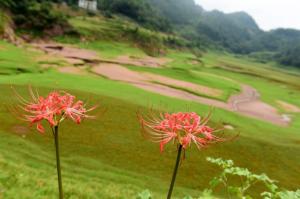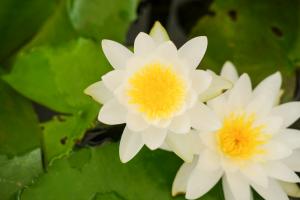When to Plant Pecan Trees in North Texas
If you’re planning to grow pecan trees in North Texas, you should know that planting them at the right time is crucial for their growth and development. Pecan trees require specific climatic conditions that can differ depending on the region you live in. In this article, we’ll discuss the ideal time to plant pecan trees in North Texas.
Best Time to Plant Pecan Trees in North Texas
The best time to plant pecan trees in North Texas is during the winter season, specifically between the months of December and February. During this time, the trees are in a dormant state, which means they are not actively growing. Planting during the winter allows the tree to establish its root system before beginning active growth in the spring.
Another advantage of planting in the winter is that the cooler temperatures reduce the risk of transplant shock. Transplant shock is when the tree undergoes stress due to being uprooted and replanted in a new location. Planting during the winter when the tree is dormant reduces the chances of transplant shock and increases the likelihood of successful growth.
Factors to Consider Before Planting Pecan Trees
Before planting pecan trees in North Texas, it’s essential to consider some factors that can affect their growth and overall health. These factors include soil type, drainage, sunlight exposure, and plant spacing.
The ideal soil for pecan trees is well-draining soil that is slightly acidic with rich organic matter. A good drainage system is essential to prevent waterlogged soil that can lead to root rot. Pecan trees require eight to ten hours of direct sunlight daily for optimal growth.
Another factor to consider is the spacing between trees. Pecan trees require ample space to grow and should be planted at least 30 feet apart. This spacing allows each tree room to grow a healthy root system and spread its canopy fully.
Caring for Pecan Trees in North Texas
After planting pecan trees, it is essential to care for them properly to ensure their growth and development. One of the most critical aspects of pecan tree care is irrigation. Pecan trees require one inch of water per week, with regular watering during the first few years of growth.
Pecan trees also require fertilization to support their growth. A balanced fertilizer with a 3-1-2 ratio of nitrogen, phosphorus, and potassium should be applied in the spring, summer, and fall, respectively. This fertilization schedule provides nutrients to the tree during different growth stages to promote healthy growth.
Pruning is also an important aspect of pecan tree care. During the dormant season, pruning can help to shape the tree and remove any dead or diseased branches. Pruned branches should be removed from the tree's canopy to prevent the spread of disease.
In Conclusion
Planting pecan trees in North Texas during the winter months allows the tree to establish its root system before active growth in the spring. Before planting, it's essential to consider the factors that can affect the tree’s growth and health, including soil, drainage, sunlight exposure, and plant spacing. Proper care, including irrigation, fertilization, and pruning, is critical to ensure the tree's successful growth and development.

 how many times do yo...
how many times do yo... how many planted tre...
how many planted tre... how many pine trees ...
how many pine trees ... how many pecan trees...
how many pecan trees... how many plants comp...
how many plants comp... how many plants can ...
how many plants can ... how many plants and ...
how many plants and ... how many pepper plan...
how many pepper plan...






























